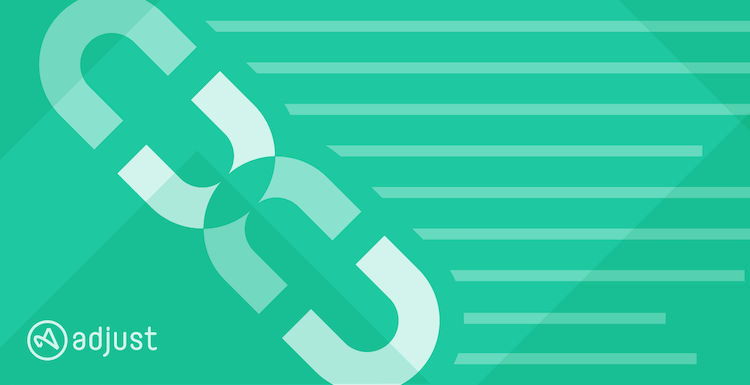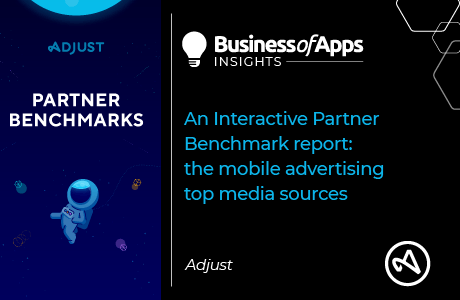
With more data at their fingertips than ever before, app marketers have a much better understanding of their users and their motivations. But as technology advances, marketers’ jobs have also increased in complexity.
Marketing managers now have to handle dozens of channels. Switching between tools while trying to unify disparate sources of data often means a huge amount of manual work when it comes to channel management, ad operations, and budget allocation. That’s why a range of new marketing automation tools, with their abilities to automate a range of repetitive tasks, are expected to change the way marketers work forever.
What exactly is marketing automation?
Marketing automation technology can take a variety of forms, but is essentially software that automatically controls and monitors marketing actions. These tools will take on certain tedious and repetitive marketing tasks and do them more efficiently than if they were done manually.
Take data analysis, for example. Data scientists, or anyone working with large quantities of data, spend nearly 80% of their working day doing acquiring, cleaning, and organizing data. But it doesn’t have to be this way. With marketing automation, you can essentially hand off this time-consuming work to a machine, which is much more efficient at completing these tasks.
And that’s just scratching the surface. How else can marketing automation tools help, and what’s the best way to get started?
Connect channels
One draw of marketing automation software is its ability to help marketers connect their marketing channels, unifying several platforms into one. Integrating a broad range of sources not only makes it easier to navigate between them, but also helps when it comes to comparing metrics and seeing where optimizations can be made.
Integrate data
While marketers have access to more data than ever, this glut has presented the very real challenge of consolidating and making sense of it all. Data from one source is helpful, but being able to supplement it with other relatable data makes it meaningful. At the moment, that means a huge amount of heavy lifting to reconcile data from various channels, providers, and services into a single place before it becomes usable.
Fortunately, there’s a range of new tools that can take the complexity out of reconciliation. This might be the most powerful of automation software’s tricks. Marketing success isn’t only about quantity of data, it’s also about being able to analyze it properly – and integrated data offers a far better understanding of user acquisition, retention, and even fraud.
Faster, simpler optimization
When the data is finally reconciled, that’s where the strategy comes in. It’s now up to marketers to analyze and make sense of this data, optimizing user flows and campaigns accordingly.
With data in the palm of their hand, marketers can more easily see where optimizations should be made. And with the number of acquisition channels growing every year, these tools are hugely helpful to successfully manage, optimize, and discover channels, as well as to allocate budgets and automate bids.
Maximize App Growth with #1 App Store Optimization Company
Expand app store reach, increase downloads, boost engagement, lower acquisition costs & achieve higher user LTV with our leading ASO services & technology
Contact Us TodayMatt Sadofsky, a noted growth marketer, put the savings into perspective. The scenario he used revolved around a game with a base CPI bid for a campaign of $2 on an ad network where the publisher is only driving a $0.07 projected LTV.
He explained: “You’re losing $1.93 on every app install you score. Now, imagine you have a system that can determine after 50 installs or less that this campaign has a very low likelihood of being successful. Pulling the plug early saves you $1.93 for every install. If you have 100 sub-publishers that you turn off thanks to this early warning system, you are saving nearly $10,000.”
Automation as an opportunity to upskill
For those who want to take the plunge into automation, it can be hard to know where to start. While the tools can be built in-house, it costs a huge amount of time and money to create– not to mention upkeep. It’s helpful to choose a partner who provides painless integration and support to ease the burden and ensure your data is utilized to its full potential.
One of the most powerful arguments for automation is the potential it has to boost employees’ productivity. At the moment, juggling so many tools, dashboards, and data sources takes up a huge amount of time. That leaves less opportunity for teams to come up with valuable solutions to the issues that the data present, whether that’s optimizing creatives or strategizing for new campaigns. With more automation, marketers will become smarter and more strategic as they regain the time lost to mindless tasks.
Machines can be incredibly useful in some respects, and often much better than humans. But there’s still plenty of work that requires a human touch, and always will. Automation simply frees marketers up to do more of the important, creative tasks.
Ultimately, we need more products that make marketers’ jobs less complicated, with increased efficiencies and greater scalability. Reducing repetitive workflows lets teams focus on what really matters to them: campaign optimization to drive ROI.












